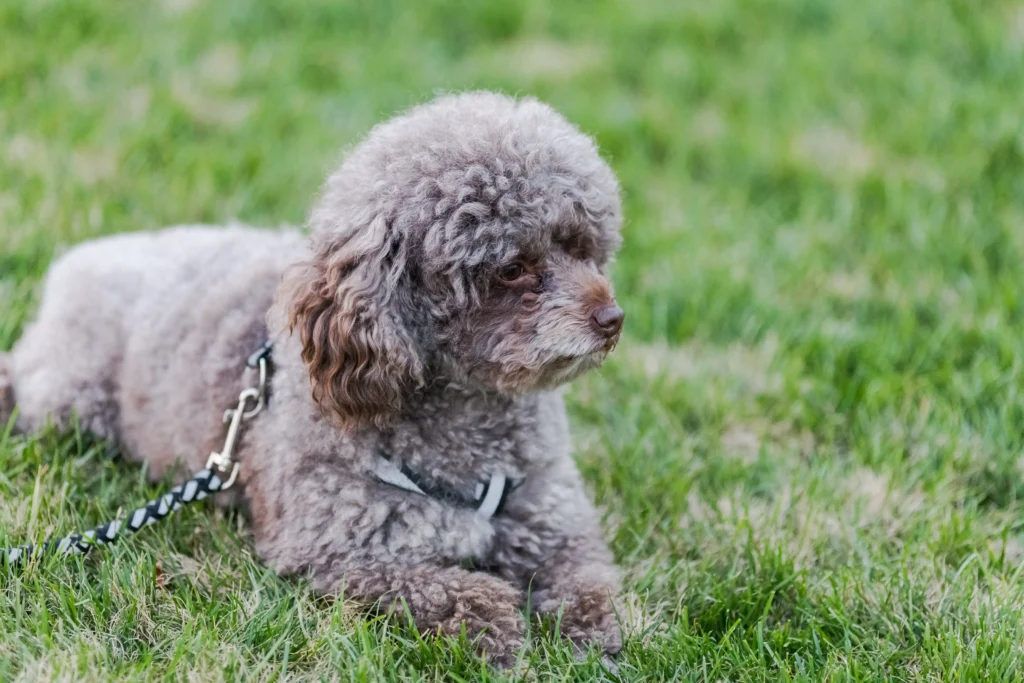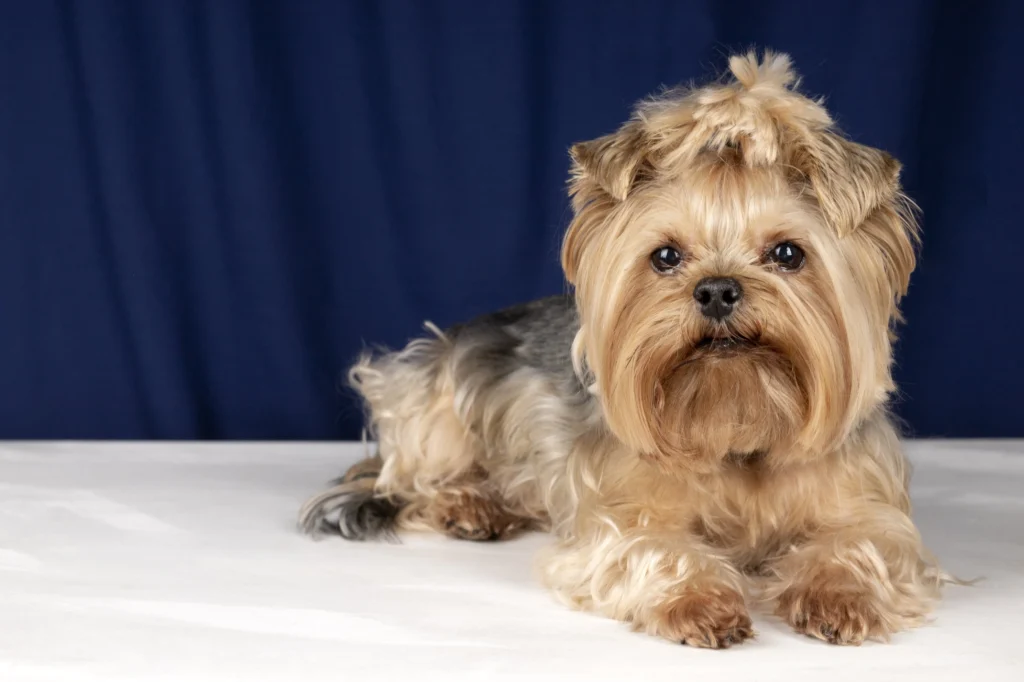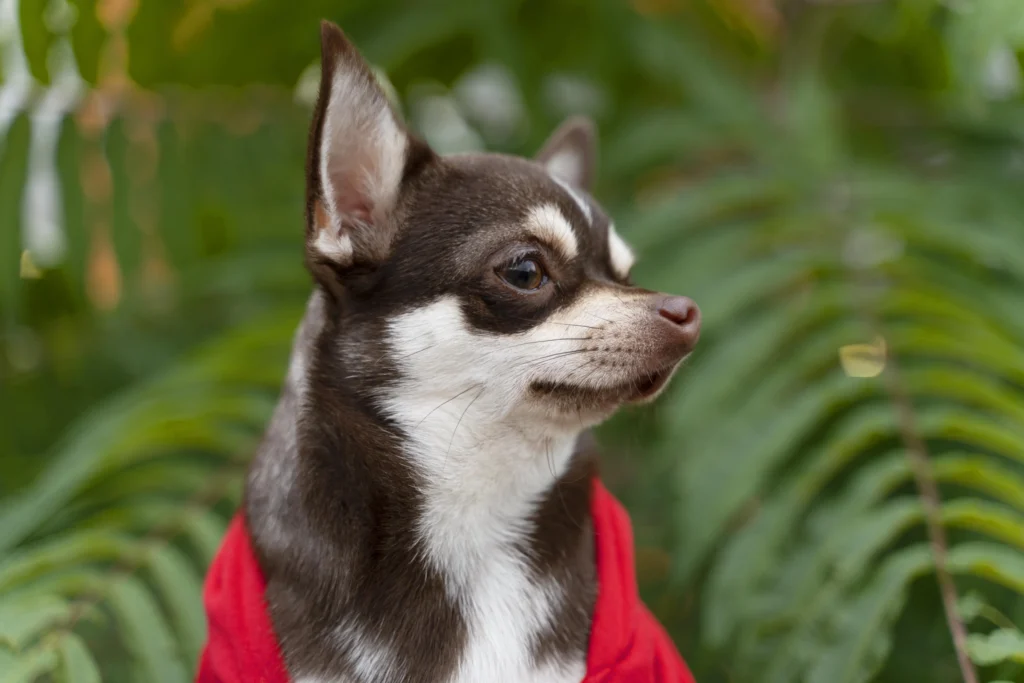The Bernedoodle at a Glance
A Bernedoodle is a hybrid dog breed that combines the gentle, loyal nature of the Bernese Mountain Dog with the intelligence and low-shedding coat of the Poodle. This mix results in a friendly, affectionate, and adaptable companion that thrives in a variety of households—from active families to cozy apartments.
Bernedoodles are playful, social, and known for their soft, wavy coats and expressive eyes. While they’re often considered “hypoallergenic,” it’s important to note that no dog is completely allergen-free. However, their Poodle lineage does mean less shedding than many breeds.
There should be an infographic
Breed Overview
- Parent breeds: Bernese Mountain Dog × Poodle
- Size: Toy / Mini / Standard (10–100+ lb depending on type)
- Lifespan: ~12–18 years (smaller types generally live longer)
- Energy: moderate–high (varies by size and individual)
- Shedding: low to moderate — depends on coat type
- Good with: families, children, other dogs (with socialization)
What is a Bernedoodle?
A Bernedoodle is a hybrid (designer) dog created by mixing a Bernese Mountain Dog with a Poodle. The goal behind the cross was to produce a companion that keeps the Bernese’s sweet, family-friendly temperament while gaining the Poodle’s intelligence and low-shedding coat traits. Bernedoodles were first intentionally bred in the early 2000s and have since become popular family dogs and therapy candidates.
Sizes & Generations
Bernedoodles are commonly classified by size and generation:
Sizes
- Standard: ~61–100+ lb; best for homes with space and active families.
- Mini: ~20–45 lb; more apartment-friendly if exercised.
- Toy / Tiny: ~10–24 lb; suitable for very small living spaces.

Generations
- F1: 50% Bernese / 50% Poodle (first cross).
- F1b: F1 × Poodle backcross (often higher %Poodle — more likely to be non-shedding).
- F2 / F3: crosses of Bernedoodles with Bernedoodles — coat and temperament can be more consistent but hybrid vigor may be reduced.
Knowing generation helps predict coat, shedding, and allergen potential, but it’s not a guarantee — individual puppies vary.
Appearance & Coat Types
Bernedoodles often look like “shaggy teddy bears” — soft faces, expressive eyes, and coats that range from wavy to corkscrew curly. Typical color patterns include tri-color (black/white/tan), bi-color, solid shades, merle, sable, and tuxedo patterns.
Coat types
- Curly (Poodle-like): least shedding, more allergy-friendly, but requires regular grooming and clipping.
- Wavy (most common): low-shedding, easier to maintain than tight curls but still needs frequent brushing.
- Straight (Berner-like): more shedding and less suitable for allergy sufferers.
Breeders can often predict coat type by a few weeks of age, but it’s never 100% certain — plan grooming accordingly.
Temperament & Behavior
Bernedoodles are widely described as affectionate, social, playful, and intelligent. They commonly get along with kids and other animals and form strong bonds with their families. Because they were bred for companionship, they usually prefer close contact and don’t like long periods alone — separation anxiety can develop if they are left isolated regularly. Proper early socialization reduces shyness or wariness around strangers.
Training is typically straightforward because of their Poodle intelligence and desire to please, but occasional stubbornness or sensitivity from the Bernese side means you should use gentle, reward-based methods and keep sessions short and fun.
Health
Bernedoodles can benefit from hybrid vigor (reduced risk for problems that are common in one parent but not both), but the idea that all crossbreeds are categorically healthier than purebreds has been challenged by recent studies. Research suggests crossbreeds may not always show large health advantages across the board; outcomes depend heavily on which dogs are bred and whether breeders test parents for heritable conditions. In short: hybrid vigor is possible but not a guarantee — responsible health testing matters most.
Specific concerns to watch for
- Hip & Elbow Dysplasia. Hip Dysplasia is common in large breeds, and both Bernese and Poodles can carry risk. Radiographic screening (OFA, PennHIP) for breeding stock reduces but does not eliminate this risk.
- Progressive Retinal Atrophy (PRA) and other ocular disease. Poodles are among breeds reported with PRA; mixed dogs can still inherit ocular conditions. Regular ophthalmic exams (CERF/Eye Clinic screening) are wise.
- Skin allergies & hot spots. Thick coats + moisture + matting predispose some Bernedoodles to hot spots and secondary skin infections; grooming and ear/skin checks help prevent these. (Breeder and clinical reports highlight this.)
- Gastric dilatation–volvulus (GDV, “bloat”). Deep-chested Standards—especially those who eat fast or exercise vigorously after meals—carry a GDV risk similar to other deep-chested breeds. Preventive feeding strategies (smaller, more frequent meals; slow feeders) and discussing prophylactic gastropexy with your vet for high-risk dogs are prudent.
Bottom line: ask breeders for health clearances (hips, elbows, cardiac, eyes), insist on genetic testing when available, and build a health plan with your veterinarian.
Feeding & Nutrition
Choose a complete and balanced dog food approved by the Association of American Feed Control Officials (AAFCO). High-quality kibble or fresh food formulated for your Bernedoodle’s life stage and size is best.
- Puppies: 3–4 meals/day on a quality puppy diet appropriate for expected adult size. Large-breed puppy formulas are recommended for Standard Bernedoodle pups to help control growth rate and reduce orthopedic risk.
- Adults: 2 meals/day; smaller, evenly spaced meals may lower GDV risk for Standards.
- Calories & portions: depend on age, size, activity, and metabolism — work with your vet to set a target body condition score and feeding plan.
- Supplements: joint supplements (glucosamine, omega-3 fatty acids) are commonly used for big dogs, but consult your vet before adding anything.
Choose AAFCO-approved diets and avoid rapid changes in food.
Grooming & Skin Care
Bernedoodles are not low-maintenance even if they shed less:
- Brush: Several times a week (daily for curly/long coats) to prevent mats.
- Professional grooming: Every 6–12 weeks depending on coat and owner preference.
- Bathing: As needed — bathing too often can dry skin.
- Ears: Clean and dry after swimming to prevent otitis externa.
- Teeth: Daily brushing recommended.
Matting leads to skin irritation and hot spots; proactive brushing and timely trims prevent a lot of problems.
Training & Enrichment
Bernedoodles thrive on mental and physical activity:
- Daily walks + play: at least 30–60 minutes depending on size and age.
- Mental work: puzzle toys, scent games, trick training, agility.
- Early socialization: expose to people, dogs, different surfaces, sounds.
- Positive reinforcement: treats, toys, praise — avoid heavy-handed corrections.
Many owners find enrichment “jobs” (backpack walks, obedience, therapy work) keeps them content and well-behaved.
Choosing a Responsible Breeder (or rescue)
- Ask for health clearances for both parents: hip/elbow scoring (OFA/PennHIP), cardiac checks, eye exams, and any breed-specific genetic tests available.
- Visit the kennel (or request virtual tours); see pups with their dam and observe living conditions.
- Get references from prior buyers and your vet community.
- Ask about contracts (health guarantees, return policy) and socialization exposure.
- Beware of breeders who cannot show clear testing, who have many different litters at once, or who push immediate deposits without questions for you.
Adopting adult Bernedoodles or searching breed-specific rescues is also a great option — rescued dogs often make wonderful family pets.
Is a Bernedoodle right for you?
Great fit if you: want a loving, social companion; can commit to grooming and training; have time for daily activity; and want a family dog that’s great with children. Not a great fit if you want a truly “low-maintenance” or very independent dog, or if you cannot commit to regular grooming and social interaction.
Frequently Asked Questions
Are Bernedoodles hypoallergenic?
How long do Bernedoodles live?
Typical estimates are 12–18 years, with minis/toys generally living longer than standards. Individual lifespan depends on genetics, size, and care.
Do Bernedoodles shed?
Depends on coat type: curly ≈ minimal shedding; straight ≈ more shedding. Regular grooming reduces loose hair in the home.
What health tests should breeders provide?
Hip/elbow scores (OFA/PennHIP), cardiac clearances, eye exams, and any breed-specific genetic tests available for the parents. Ask for documentation.
Key takeaways
- Bernedoodles combine the Bernese’s warmth with the Poodle’s smarts and come in multiple sizes and coat types.
- They’re affectionate, intelligent, and social dogs who need daily exercise, mental enrichment, and consistent grooming.
- While crossbreeding can reduce some inherited problems, hybrid vigor is not guaranteed — health testing and responsible breeding remain the most important protections for future owners.


